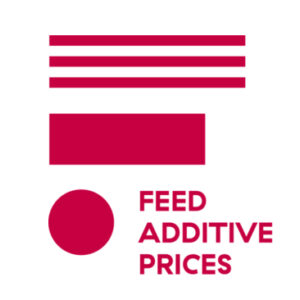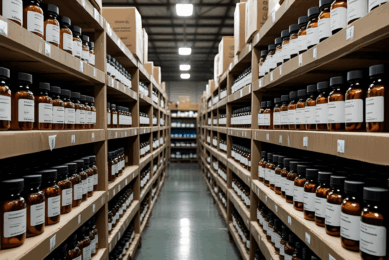Despite plant maintenance and low inventory vitamin market remains stable

Vitamin A1000 has kept stable, despite the announced plant maintenance at one of the main manufacturers. Vitamin E was looking firmer previous weeks, but in the end, prices are staying mostly stable. Learn more in this week’s feed additives snapshot (week 13).
In the US, some vitamins are a bit firmer like B5 and B3 as inventory is low, but demand is also not very strong, so no significant changes. Other vitamins are mostly quiet in terms of trading activity and/or price swings.
In partnership with Feed Additive Prices
Vitamin E 50%
At first, the recent announcement of one of the major manufacturers, that they will carry out a production line check/maintenance, led to some market reaction. But now that the dust has settled, prices have remained stable and no support is seen for a firmer market. A decent cover was already taken in the previous weeks, so not a lot of new additional demand is seen currently. Most of Q2 is contracted and some cover into Q3 is seen as well.
Vitamin A 1000
No changes are seen in the market compared to the previous week. One of the main manufacturers in Europe recently announced that they will carry out a production line check/maintenance, but no reaction from the market or price fluctuations are seen as a result of that. The market is relatively quiet and prices seem stable in most regions at the moment. A portion of Q2 has been contracted.
Vitamin D3 500
It is a very quiet market and no significant changes are seen, compared to previous weeks. Local stock levels are said to be very low, but at the same time, any significant new demand is also not seen. Prices seem to be stable in most regions, at a relatively low level. Q2 is partly contracted as buyers see limited further price decline potential.
Vitamin B2 80%
There have been several attempts by manufacturers and suppliers to increase prices, so far without any effect. No changes are seen in the actual market transactions. The vitamin B2 market remains very quiet and stable. Prices in Asia are still relatively low, while prices in Europe are higher and stable and in the US as well, compared to that. A portion of Q2 is contracted.
D-Calpan
No significant changes in the market have been seen or reported. There still seems to be ample supply with relatively low new demand in most regions. The price decline has stopped for now and the market has bottomed out at a very low level. Already a decent cover ahead is taken into Q2, as buyers estimated risks and the chance of even lower prices and wanted to secure some supply.
Vitamin B3
Overall, the market atmosphere is a bit firmer, as suppliers are trying to increase prices due to higher raw material costs. But at the same time, some suppliers also want to keep a certain market share and have not increased their prices. Overall prices are therefore stable to slightly firmer. Availability seems to be good in most regions. There was already some cover taken into Q2 some time ago when prices stabilised at a low level, so actual new demand is not really seen anyway.
Biotin
Overall, the biotin market has been stable for quite some time now, with an occasional small step-down in price. Prices remain historically low and supply is ample. A portion of Q2 is contracted by now. In some cases, buyers took long-term contracts well into 2024, some of them also based on older contracts.
Vitamin C 35% mono
Suppliers are more proactively reaching out to buyers to look at Q2 and Q3 sales. At the same time, these suppliers are holding on to the current price level and no discounted prices are seen. Until now, no change in strategy from suppliers to keep prices up and increase them even further. Most buyers took long-term contracts when the price was low or when it started to increase. Q2 is largely contracted and in some cases, a large portion of 2024 as well, based on older contracts when prices were lower.











